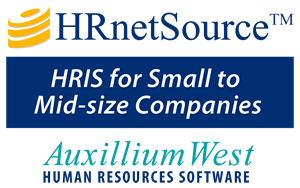Safe Harbor against Punitive Damages
In the case (Kolstad v. American Dental Association), the Supreme Court created a safe harbor against punitive damages. Employers who follow these guidelines may avoid punitive damages in discrimination lawsuits. Note that employers are always liable for compensatory damages resulting from the actions of supervisors or managers. As stated by the Supreme Court in the Kolstad decision:
When an employer has undertaken good-faith efforts at Title VII compliance, it demonstrates that it never acted in reckless disregard of federally protected rights...In the punitive damages context, an employer may not be vicariously liable for the discriminatory employment decisions of managerial agents where these decisions are contrary to the employer's "good faith efforts to comply with Title VII."...Giving punitive damages protection to employers who make good-faith efforts to prevent discrimination in the workplace accomplishes Title VII's objectives of motivating employers to detect and deter Title VII violations.
There is no definitive list of preventive measures employers must or even "should" take to avoid exposure to punitive damages. However, employers can demonstrate their commitment to equal opportunity and therefore to compliance with Title VII by undertaking the following actions:
- Implementing a zero tolerance policy against discrimination that has been appropriately communicated to employees;
- Providing information to supervisors to help them become knowledgeable about equal employment opportunity issues and concerns;
- Adopting an effective complaint resolution system to address issues as they arise,
- Investigating complaints promptly, fairly, and objectively;
- Correcting mistakes that have occurred.
Other factors demonstrating that the employer is undeserving of punitive damages could include any of the following:
- Supervisors evaluated in part on their human resource skills, including their commitment to equal employment opportunity
- The employer's history of resolving complaints within the company and the action taken against those who violate equal employment opportunity standards
- Management's consultation with human resource professionals or employment counsel before making the challenged employment decision.
- Training provided to employees periodically, especially those
in supervisory positions. The training should include:
- Presentation of the company's Equal Employment Opportunity and Anti-Harassment policies
- Definition of harassment
- Description of actions to avoid
- Explanation of duty to report
- Emphasis of anti-retailation policy
- Explanation of supervisor's additional responsibilities
Use
HRSource™ to track training classes and to document
investigations.
